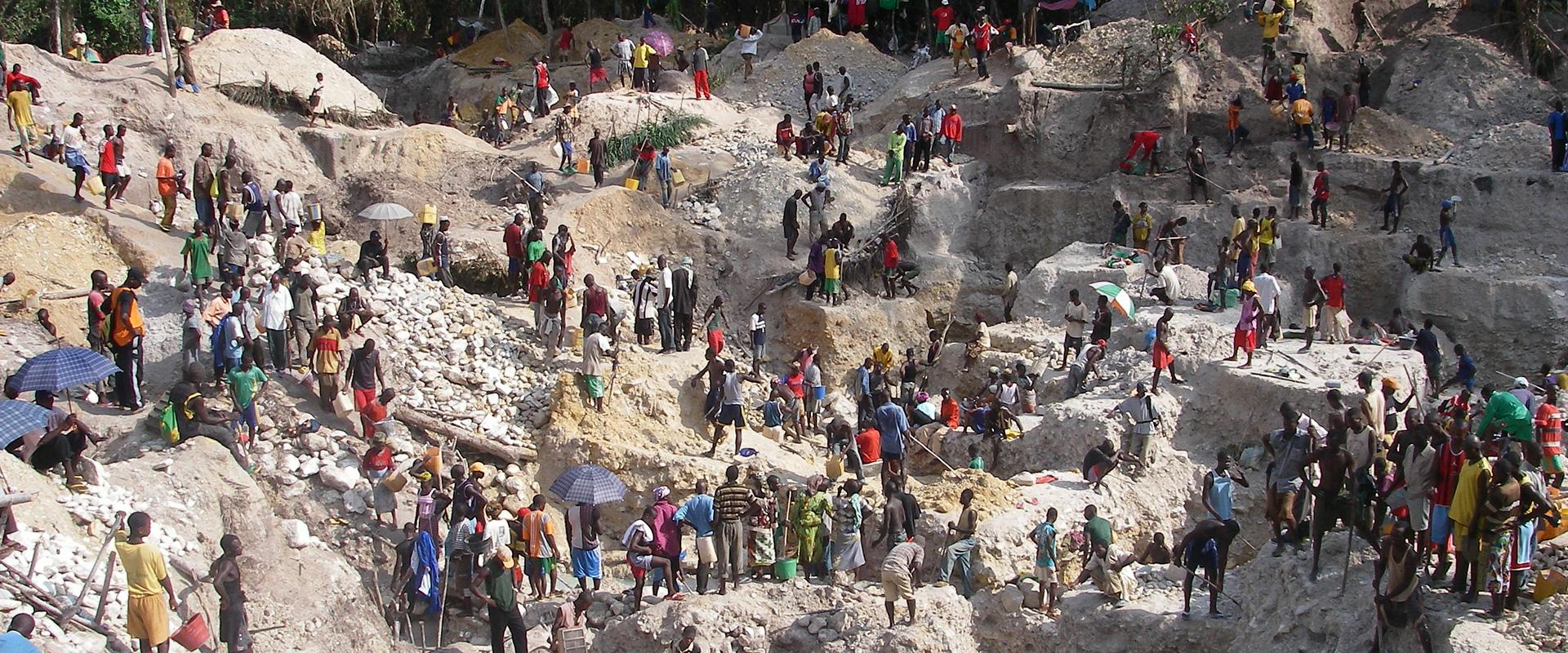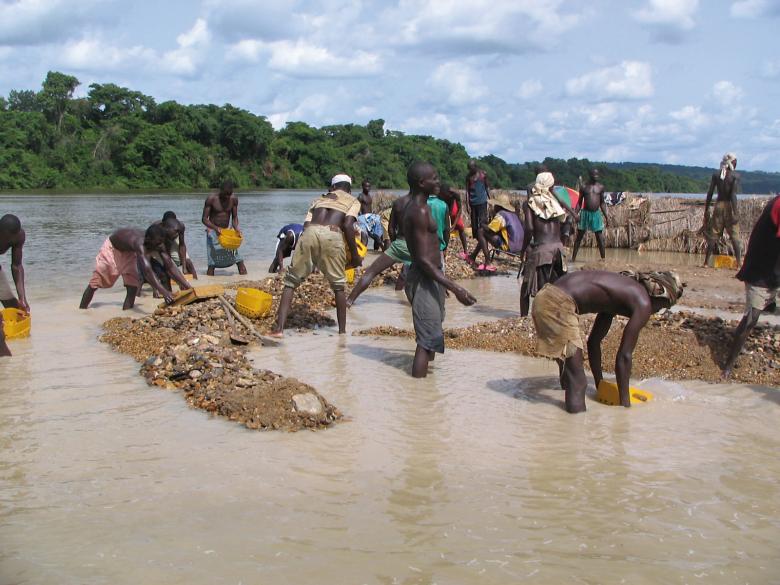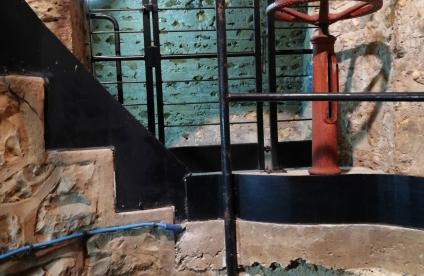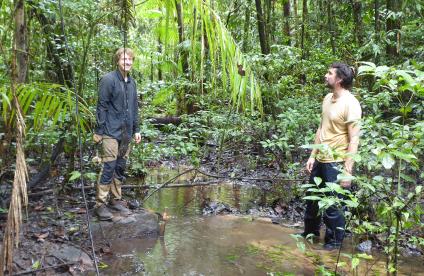The Kimberley process: halting trade in “blood diamonds”
The Kimberley Process was adopted in 2003 by some 60 countries to prevent the financing of conflicts – such as the civil war in Sierra Leone from 1991 to 2002 - through illegal diamond trading. As an international certification scheme for rough diamonds, it sets out very strict traceability procedures for diamonds from production through to processing.
The BRGM is one of the four approved international agencies providing support to States. It has supported Congo Brazzaville and Mali in joining the Kimberley Process and also worked with Cameroon and Mozambique after making an expert assessment of the system in the Central African Republic.
BRGM support to governments in applying the Kimberley Process
The BRGM works upstream from the Kimberley Process itself. Its mining expertise is essential, first, to help countries quantify their potential resources of alluvial diamonds and secondly, to assess production capacities, given that most production, if not all, is on a very small scale and therefore highly dispersed. The BRGM has also developed traceability methodologies for these diamonds.
It also works with States to assist them in drafting laws and regulations and sometimes to organize mining registries and government auditing and administrative departments.
Adapting to the local context is essential: there is no universally applicable procedure and BRGM therefore defines organizational methods on a case-by-case basis by determining “who manages what and with what means”.
Overall, the results of the Kimberley Process are fairly encouraging. Virtually no “blood diamonds” are now entering the market. Similarly, the BRGM has succeeded in introducing validated global statistics on diamond export volumes and the value produced. The problem that remains is the traceability of rough diamonds: these can leak out between the production and diamond-cutting stages, as ten or more intermediaries are sometimes involved.








